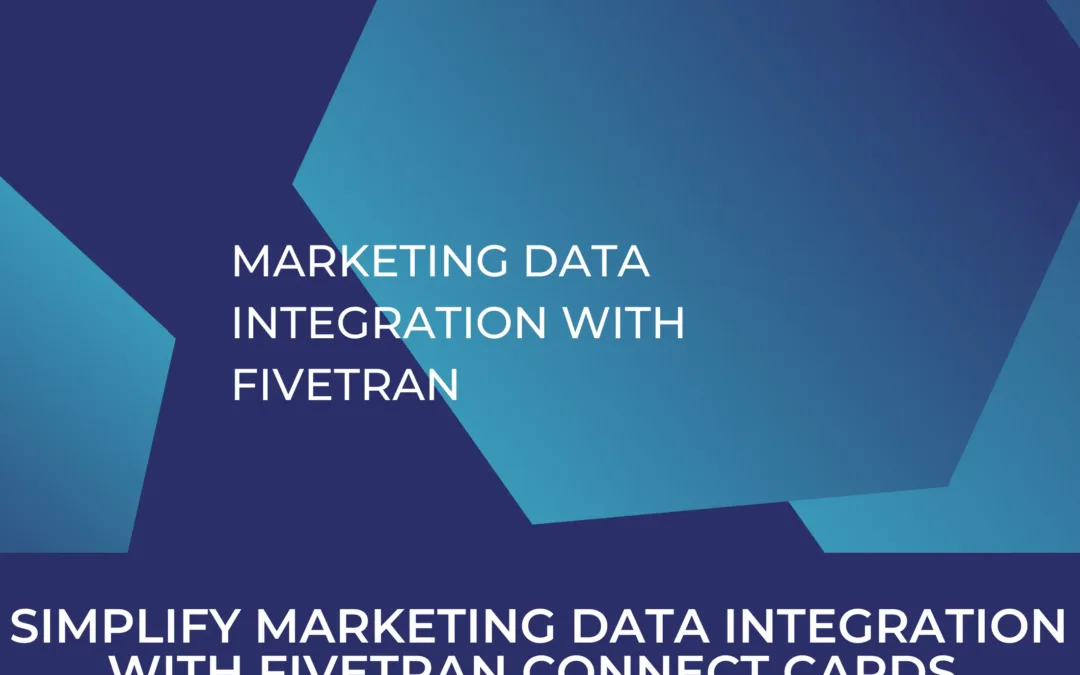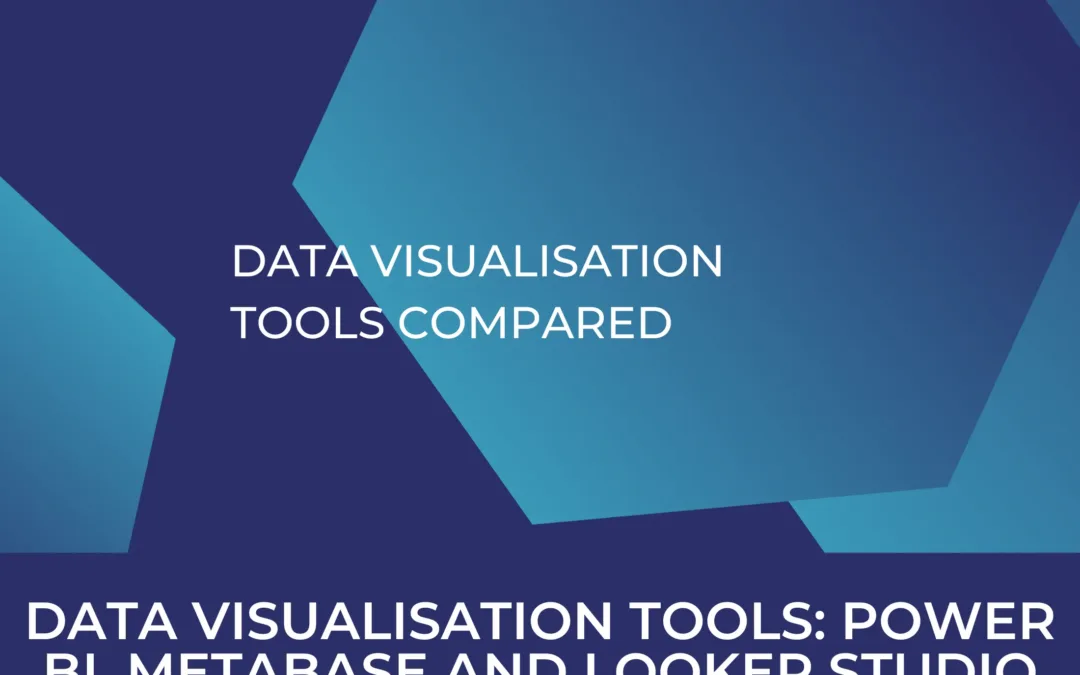Rules-based Attribution Models are leaving Google Ads
The majority of Rules-based Attribution Models are leaving Google Ads starting in July 2023. Find out why this change is happening, how this change will impact your performance and what this change means for your Conversion Tracking.
What are Rules-Based Attribution?
First things first: Attribution Models decide which Marketing Measure or Sources Conversions are attributed to. Rule-Based Attribution Models attribute Conversion – just like the name describes – according to Rules. Google’s Attribution Models include the First-Click, Last-Click, Linear, Time Decay, and Position-based Models. For example, Following the First-Click Model a Conversion will always be attributed to a User’s first touchpoint with your business, may that be Ads or an organic Google Search.
According to Google, Rules-Based Attribution models “don’t provide the flexibility needed to adapt to evolving consumer journeys”. Furthermore they have become obsolete as Google continues to move further toward automation. Instead, Google has previously made their Data-Driven Attribution Model the default choice for new Users.
What is Data-Driven Attribution?
When using the Data-Driven Attribution Model, Google will take all touchpoints into consideration – just like it does when using Rule-Based Models such as Linear or Time Decay Attribution. However, instead of assigning value based on static rules, e.g. the last touchpoints being the most valuable, Google uses AI to evaluable the impact of each touchpoint. Thanks to being the default choice for quite some time, Data-Driven Attribution is the most used Attribution Model all around. But what happens if you are still using Rules-Based Attribution?
What is Happening to Rules-Based Attribution?
With one exception, Rules-Based Attribution Models will be discontinued in July 2023. Users will no longer be able to select these Models and Conversion Actions still using them will be switch to Data-Driven Attribution in September of the same year. However, you will still be able to use the Last-Click Model, the same Attribution also used by Google Analytics.
What else do I need to know?
First off, there is really no way around using Data-Driven Attribution Modelling. While the Last-Click Model will provide you with more homogenous and aligned Ads and Analytics data, being able to see and compare the same numbers on two platforms is not worth missing out on Google’s automated features. When combined with auto bidding – Google’s automated solution to bidding which has effectively replaced CPC bidding strategies, using Data-Driven Attribution Models has been proved to improve performance. You should also take a look at Enhanced Conversion, a feature that improves Data-Driven Attribution and Automated Bidding even further.
If you need support in optimizing your Ad campaigns, your online presence or even the digital transformation of your business, please don’t hesitate to contact us. Google products, business and marketing data and the ever-changing nature of digital marketing are at the core of our business and we always keep a close eye on any updates and how they impact our and our clients’ bottom lines. Furthermore, we are always interested in exchanging ideas and opinions with other industry experts.





